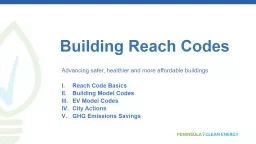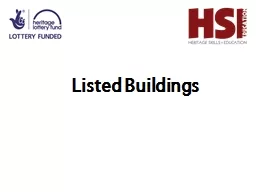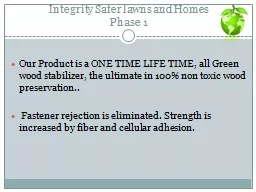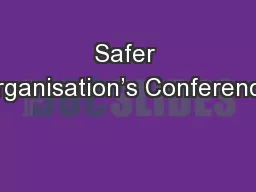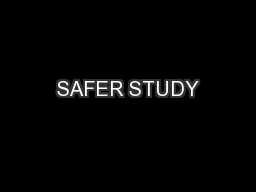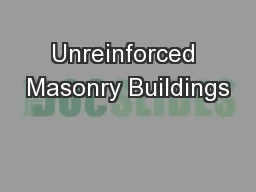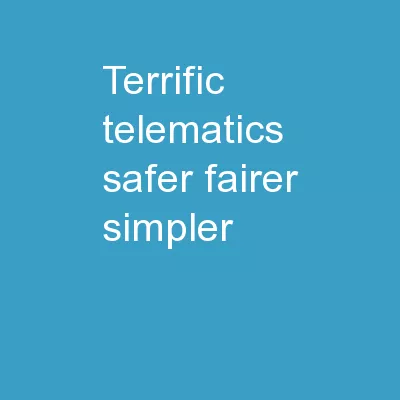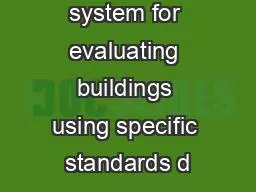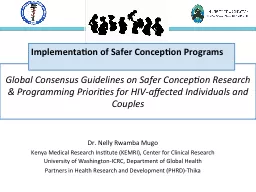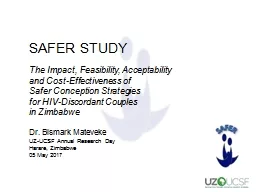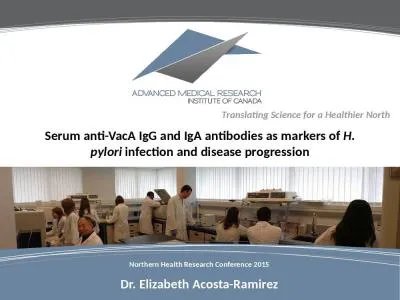PPT-Building Reach Codes Advancing safer, healthier and more affordable buildings
Author : elitered | Published Date : 2020-06-15
Reach Code Basics Building Model Codes EV Model Codes City Actions GHG Emissions Savings Revision History DATE BY EDITS Aug 1 BH Version 1 Aug 28 RR Corrected EV
Presentation Embed Code
Download Presentation
Download Presentation The PPT/PDF document "Building Reach Codes Advancing safer, he..." is the property of its rightful owner. Permission is granted to download and print the materials on this website for personal, non-commercial use only, and to display it on your personal computer provided you do not modify the materials and that you retain all copyright notices contained in the materials. By downloading content from our website, you accept the terms of this agreement.
Building Reach Codes Advancing safer, healthier and more affordable buildings: Transcript
Download Rules Of Document
"Building Reach Codes Advancing safer, healthier and more affordable buildings"The content belongs to its owner. You may download and print it for personal use, without modification, and keep all copyright notices. By downloading, you agree to these terms.
Related Documents

